It’s been more than 140 years since Pablo Picasso was born (October 25, 1881) and almost 50 years since he died (April 8, 1973). Yet one can safely say that he remains not only the most influential artist of modern times but one of the most influential ever. Any artists who have incorporated Cubist forms, collage, or found objects into their works owe a debt to the Spanish innovator. One could argue that Picasso was an art-world disruptor long before disruptor took on its current, positive meaning.
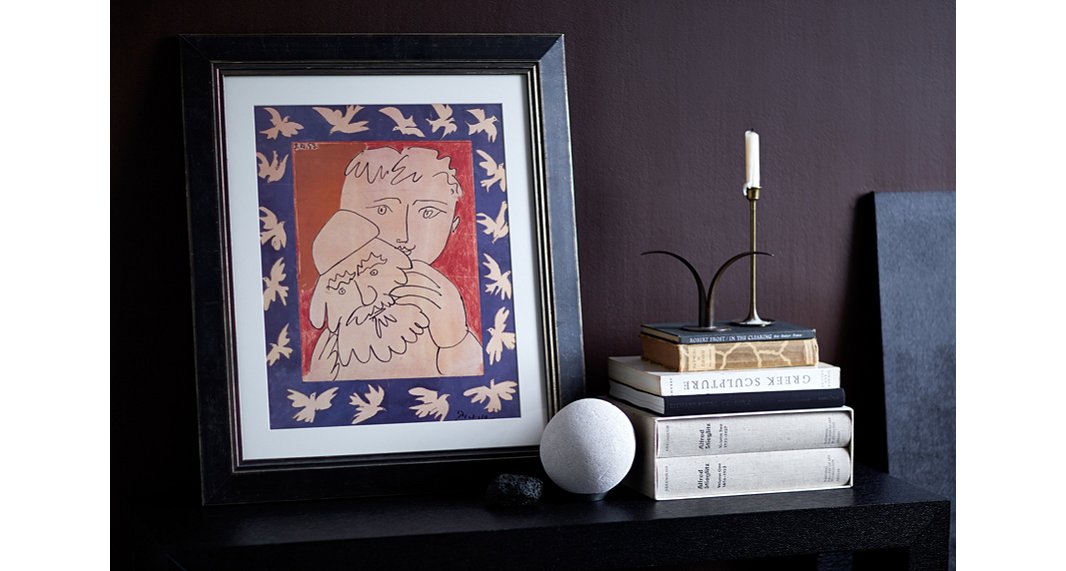
With 1953’s L’annee nouvelle (The New Year), Picasso shows off a playful side.
That said, Picasso didn’t exist in a vacuum, and he in turn owes something to his predecessors and contemporaries. For instance, Picasso’s friend Georges Braque created his first collage (Fruit Dish and Glass) in 1912 before Picasso unveiled his (Still Life with Chair Caning) that same year. Braque was also a co-developer of Cubism with Picasso, with both of them taking inspiration in large part from Paul Cézanne and the geometric shapes of African masks and sculptures.
Why, then, is Picasso a household name and poor Braque isn’t? One reason is that the breadth of media—painting, collage, drawing, sculpture, pottery—and variety of styles Picasso mastered are unrivaled. One might find it difficult to believe that his Old Guitarist, Guernica, and Don Quixote, for instance, are by the same person.
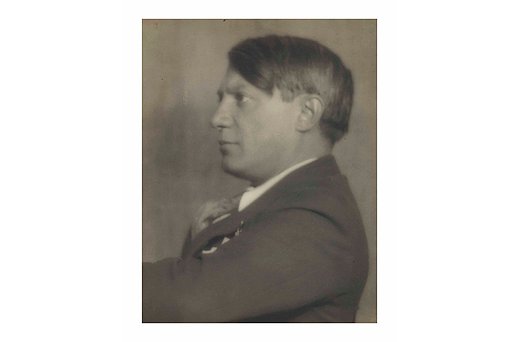
A 1923 photograph of Picasso by Man Ray.
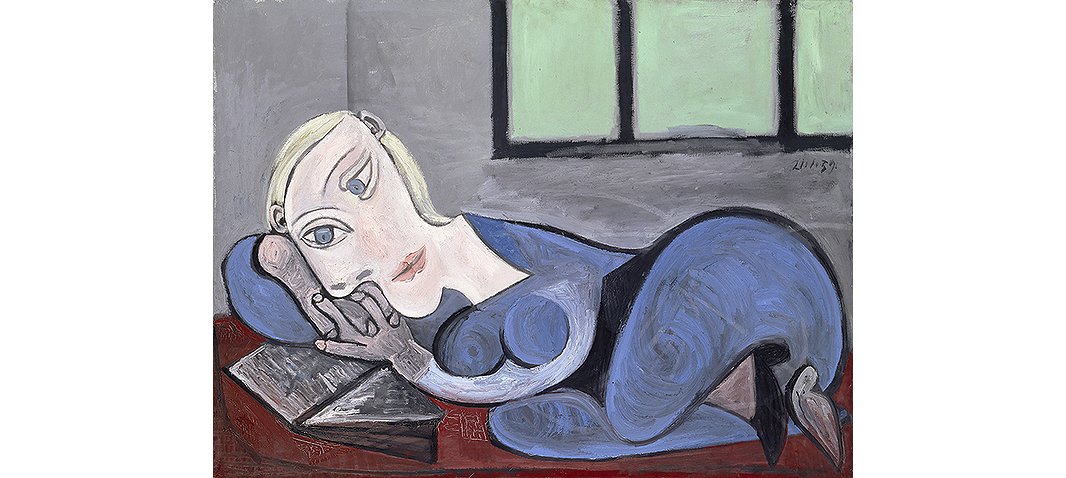
Picasso produced several works titled Femme couchée lisant (Reclining Woman Reading). This one is from 1939.
Another reason is that the womanizing, eminently quotable Picasso’s personality was as outsize as his talent. Quiet, private Braque would never have uttered anything along the lines of “When I was a child, my mother said to me, ‘If you become a soldier, you’ll be a general. If you become a monk, you’ll end up as the pope.’ Instead, I became a painter and wound up as Picasso.”
To celebrate the brilliance of Picasso, here are a few fun (and impressive) facts:
• Over 78 years, Picasso produced roughly 100,000 prints and engravings, 34,000 illustrations, 13,500 paintings, and “only” 300 sculptures. He also wrote more than 300 poems.
• His mother insisted that his first word was piz, short for lápiz, or “pencil” in Spanish.
• While Cubism is often considered a form of abstraction, Picasso viewed it as an expansion of representationalism in that it enabled him to depict not only what is visible from multiple vantage points but also what cannot be seen: “Are we to paint what’s on the face, what’s inside the face, or what’s behind it?”
• Apparently thieves love Picasso. More than 1,100 of his works have been logged with the international Art Loss Register as stolen or lost.
• Version O of Les femmes d’Alger (The Women of Algiers)—the last of a 15-part series of paintings and a tribute to 19th-century artist Eugène Delacroix, was the most expensive Picasso sold, for $179.4 million in 2015. At the time it was the costliest artwork ever sold at auction, but that record was subsequently broken by Willem de Kooning’s Interchange and Salvator Mundi, the work somewhat controversially attributed to Leonardo da Vinci.
• Among Picasso’s best-known quotes are “Bad artists copy. Good artists steal” and “Others have seen what is and asked why. I have seen what could be and asked why not.” It’s safe to say that Picasso’s ego was a healthy one.

In Bathers I, among other works by Hayley Mitchell, the Cubist influence is apparent. Teil Duncan and Jane Feil are two other popular working artists who have clearly been influenced by Picasso.


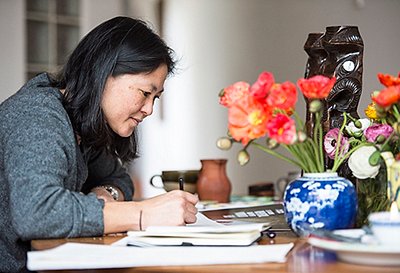


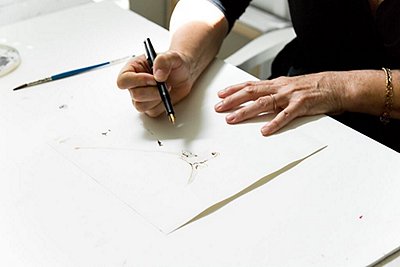
Join the Discussion